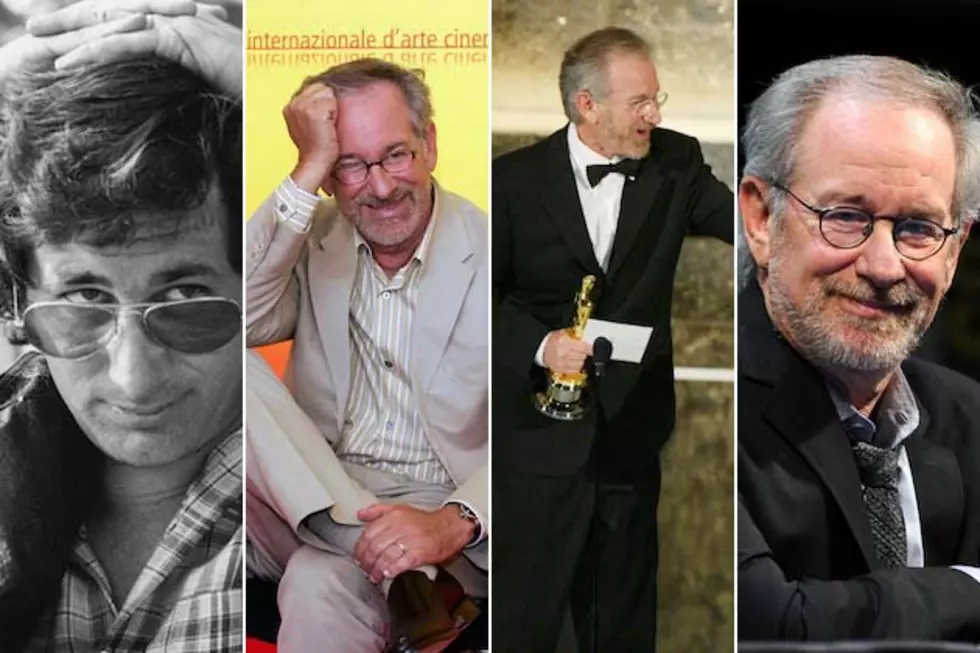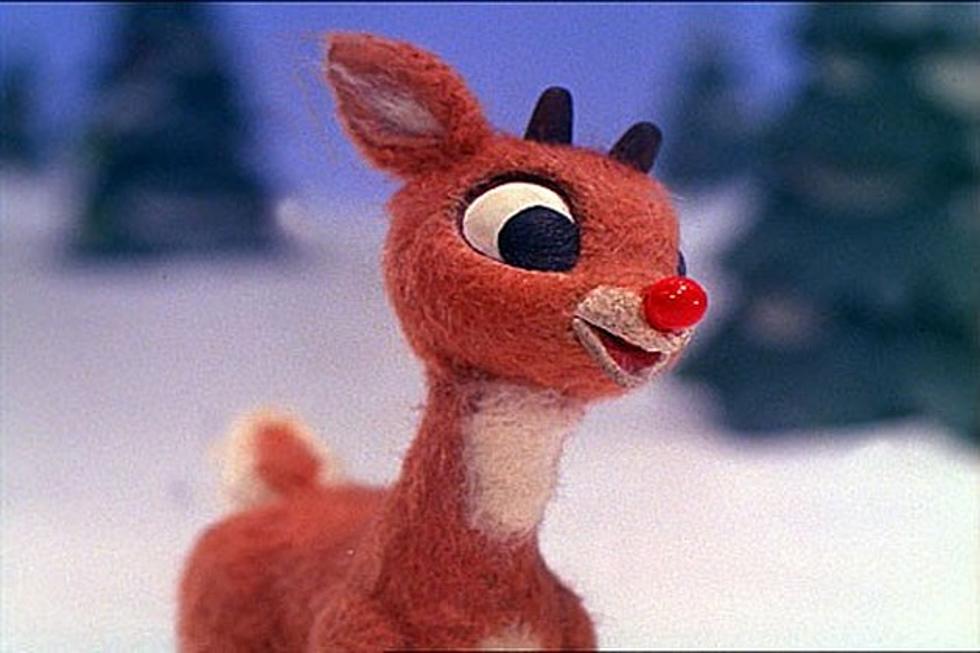
15 Things You Probably Didn’t Know About Dr. Seuss
Friday, March 2nd is a date that we must celebrate. On March’s second day, we must say “Hooray!” With a “Yip yip yippee yay,” for Dr. Seuss’ own birthday. In celebration of Dr. Seuss Day, on the day of Theodor Seuss Geisel’s birth, (March 2nd, 1904, to be exact), we have dug up 15 facts about the self-proclaimed doctor that you might not know.
We would have made them rhyme, but we didn’t have the time. We had to rub and scrub, the pink ring off our tub.
1. He Was As Much a Doctor as Dr. Dre
This is one bit of trivia you may already know, but Seuss was not a doctor of anything and in fact did not have a doctorate until an honorary one was granted to him by his alma mater, Dartmouth, in 1956. He added the “Dr.” to his penname because his father had always wanted him to practice medicine.
2. He Was Not Always “Seuss”
While the name Seuss (which is also his mother’s maiden name) was always his, between his first and last names, he didn’t use it until he was in college. He began using it as a penname when he was caught with gin in his dorm room and was asked to step down as editor of Dartmouth’s humor magazine. To continue working on the magazine, he used Seuss instead. The correct pronunciation of the name rhymed with “voice” rather than “goose,” but Seuss eventually gave in to the popular pronunciation.
3. He Was Not a Fan of Kids
Even though kids are fans of his work, the king of children’s books didn't think much of rugrats. He is reported to have once said, “You have ‘em, I’ll amuse ‘em.” His widow Audrey even went so far as to say Seuss was afraid of children. She said he was always thinking, "What might they do next? What might they ask next?" She added, "He couldn't just sit down on the floor and play with them."
4. His Books Were Not Initially a Success
Seuss’ first book 'And to Think I Saw It on Mulberry Street,’ which was inspired by the rhythm of the ship’s engines on a return trip from Europe, was rejected by 27 publishers. He almost burned it, but finally found a publisher for it in 1937. The title comes from the name of the street on which his grandmother lived.
5. He Drew Advertising Cartoons
To support himself and his wife during the Great Depression, Seuss made money drawing cartoons for advertisements. He became a household name for his cartoons for an insecticide called Flit by coining the catchphrase “Quick, Henry, the Flit!” During his advertising career, Seuss drew cartoons for General Electric, NBC, Standard Oil, Narragansett Brewing Company and more. He also drew a short-lived Sunday comic strip called 'Hejji.'
6. He Coined the Word “Nerd”
Dr. Seuss has an even bigger impact on pop culture than you might think. The first recorded instance of the word “nerd” is in Seuss’ 'If I Ran the Zoo' published in 1950.
7. He’s an Academy Award Winning Filmmaker
Not only was Seuss a Pulitzer-prize winning author, he won two Academy Awards. He won his first Oscar for writing an animated short called ‘Gerald McBoing-Boing’ in 1951. He also won an Academy Award for a documentary called ‘Design for Death’ about Japanese culture.
8. He Created Propaganda Cartoons for the Army
During WWII, Theodor Seuss Geisel joined the army. While serving during the war, he was commander of the Animation Department of the First Motion Picture Unit of the United States Army Air Forces. His job was to create war propaganda cartoons, as well as write promotional films for the troops and American citizens at home. He also created a series of training films for soldiers called ‘Private Snafu.’ Animated at Warner Bros. Studios, these films about a bumbling soldier used the voice talent of Mel Blanc and the musical talent of Carl Stalling. Seem familiar? They were some of the geniuses behind 'Looney Tunes.' Speaking of...
9. He Teamed Up With an Animation Legend for 'How the Grinch Stole Christmas'
Under the name Ted Geisel, Seuss teamed up with pal and 'Looney Tunes' legend Chuck Jones in 1966 for an animated adaptation of 'How the Grinch Stole Christmas.' A holiday classic now, the special wasn't particularly well-received at the time of its debut. (Variety dubbed it a costly flop.) But annual TV showings have made it one of the most popular Christmas specials of all time.
10. ‘Horton Hears a Who’ Is About Japan
Like many of Seuss’ books, ‘Horton Hears a Who’ was not just about an elephant hearing tiny voices, but an allegory for America’s treatment of post-war Japan. The small country needed the support of a large country to get back on its feet after the devastation of WWII, and Seuss wrote about Horton’s plight with the Who after a trip to war torn Hiroshima. The book was dedicated to a friend of his in Japan.
11. He Wrote ‘Yertle the Turtle’ About Hitler
After some speculation, Seuss admitted that he did base the story of ‘Yertle the Turtle’ on Hitler. (The power-hungry turtle was a direct representation of the dictator. )But that wasn’t the big controversy of the book. What ended up being controversial was the burp a turtle lets out at the end. That had never happened in a children’s book before and the publisher argued for Seuss to take it out.
12. He’s Had a Book Pulled From the Shelves
Seuss’ rare ‘The Butter Battle Book,’ published in 1984, actually dealt with the nuclear arms race. It was pulled from the shelves after six months because of its underlying references to the Cold War and the arms race then taking place between Russia and the United States. Interestingly enough, the story was actually made into a short video piece and broadcast in Russia. (An TNT animated special, above, was produced by 'Fritz the Cat' director Ralph Bakshi in 1989.)
13. He Wanted Kids to Start Reading Early
The most popular book in the Dr. Seuss collection, ‘Oh the Places You’ll Go,’ was meant to be read in utero. (Ok, we let one rhyme sneak in.) Seuss wrote it to introduce a child-to-be to all the Seuss characters. Coincidentally, it’s now his best-selling book because so many people regularly give it as a graduation gift.
14. ‘The Cat in the Hat’ Killed Off Dick and Jane
‘The Cat in the Hat’ resulted from a theory Seuss had that the 'Dick and Jane' children’s books were so boring, reading levels were down in schools because kids refused to read them. To fix this, a director at Houghton Mifflin sent Seuss a list of about 350 words kids should know and then challenged him to write a book kids couldn’t put down with only 250 of those words in it. In the end, the book uses 220 of the words most used by children.
15. ‘Green Eggs and Ham’ Was the Result of a Bet
In 1960, Bennett Cerf, Seuss’ editor, bet Seuss he couldn’t write a book using only 50 words. The resulting story was ‘Green Eggs and Ham’ which uses exactly 50 words. Appearing in this order, they are: I am Sam; that; do not like; you green eggs and ham; them; would here or there; anywhere; in a house with mouse; eat box fox; car they; could; may will see tree; let me be; train on; say the dark; rain; goat; boat; so try may; if; good; thank. We could not say that five times fast. Would not, could not.
More From TheFW









